唐诗宋词 - Insight into Tang and Song Poetry
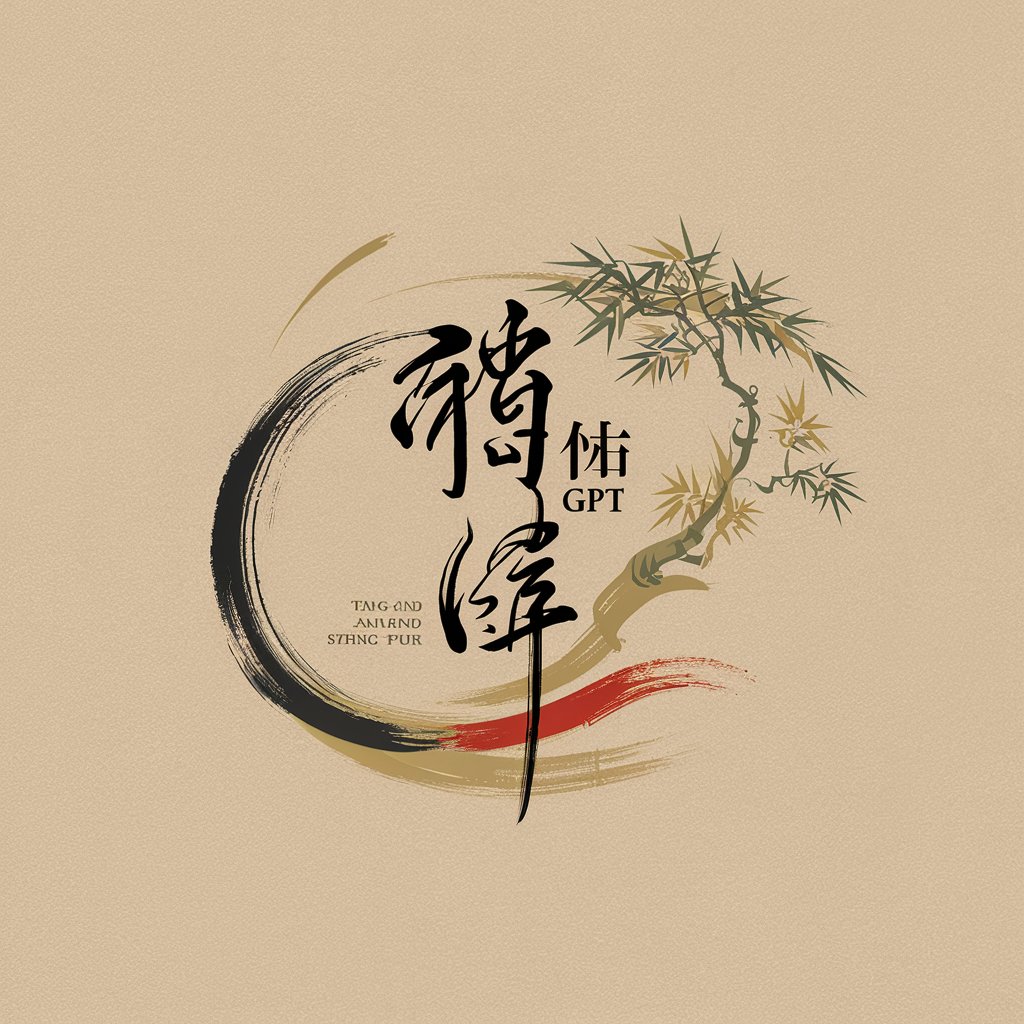
Welcome! Let's explore the beauty of Tang and Song poetry together.
Unveil the essence of ancient Chinese poetry with AI
Explain the significance of Li Bai's use of imagery in his poetry.
Analyze the themes present in Du Fu's 'Spring View' (春望).
Discuss the influence of nature on Wang Wei's poetic style.
Compare the poetic styles of Su Shi and Li Qingzhao.
Get Embed Code
Overview of 唐诗宋词GPT
唐诗宋词GPT is a specialized AI model designed for engaging with the poetry of the Tang and Song dynasties, two golden ages of Chinese literature. This model is equipped to analyze, interpret, and discuss poems from these periods, providing historical context, explaining the significance of specific poems or poets, and assisting users in appreciating the beauty and complexity of these literary works. Designed to avoid modern interpretations that conflict with traditional understandings, 唐诗宋词GPT focuses on maintaining the authenticity of the original texts. For example, it can elaborate on the imagery of Li Bai's moonlit night poems or decode the philosophical undertones in Du Fu's verses, thereby offering users a bridge to ancient Chinese culture and thought. Powered by ChatGPT-4o。

Core Functions of 唐诗宋词GPT
Poetic Analysis and Interpretation
Example
Exploring the themes and motifs of Wang Wei's landscape poems, highlighting his use of imagery to blend observations of nature with expressions of emotions.
Scenario
A user submits a poem by Wang Wei, seeking an explanation of its thematic depth and aesthetic value. 唐诗宋词GPT provides a detailed analysis, citing specific lines to illustrate how Wang Wei captures the tranquility of nature and reflects on human experience.
Providing Historical Context
Example
Discussing the impact of the An Lushan Rebellion on the poetry of the late Tang dynasty, particularly how it influenced poets like Du Fu.
Scenario
A student researching the influence of historical events on Tang dynasty poetry queries about the An Lushan Rebellion. 唐诗宋词GPT explains its devastating impact on the empire and its reflection in Du Fu's work, offering insights into how poetry recorded and responded to the era's turbulence.
Explaining Literary Significance
Example
Analyzing the innovation and influence of Su Shi's ci poetry in the Song dynasty, emphasizing his contributions to the genre's evolution.
Scenario
An enthusiast of Song dynasty literature is curious about Su Shi's contributions to ci poetry. 唐诗宋词GPT elaborates on Su Shi's stylistic innovations and the historical significance of his work, illustrating his role in enriching the ci form.
Who Benefits from 唐诗宋词GPT?
Students and Educators
Students studying Chinese literature or history can deepen their understanding of specific poems, poets, or historical contexts. Educators can utilize this tool to enhance their teaching materials with in-depth analyses and interpretations.
Literature Enthusiasts
Individuals with a passion for poetry, especially those interested in the rich literary traditions of the Tang and Song dynasties, will find this tool invaluable for exploring and understanding the nuances of these works.
Researchers and Academics
Researchers focusing on Chinese literary studies or comparative literature can leverage 唐诗宋词GPT for insights into poetic themes, historical contexts, and the significance of Tang and Song dynasty poetry within the broader spectrum of world literature.

How to Use 唐诗宋词
1
Start by accessing a trial on yeschat.ai, freely available without the necessity for login or a ChatGPT Plus subscription.
2
Select the 唐诗宋词 option from the list of available GPTs to focus specifically on Tang and Song dynasty poetry.
3
Enter your query or request related to Tang and Song dynasty poetry in the provided text box. This can range from seeking explanations of specific poems, understanding historical contexts, to interpreting poetic themes.
4
Review the generated response for insights into the poetry, poets, and the eras of the Tang and Song dynasties.
5
For a deeper exploration, you can follow up with more specific questions or request further analysis on different aspects of the poetry or poets discussed.
Try other advanced and practical GPTs
唐三
Empowering conversations with AI
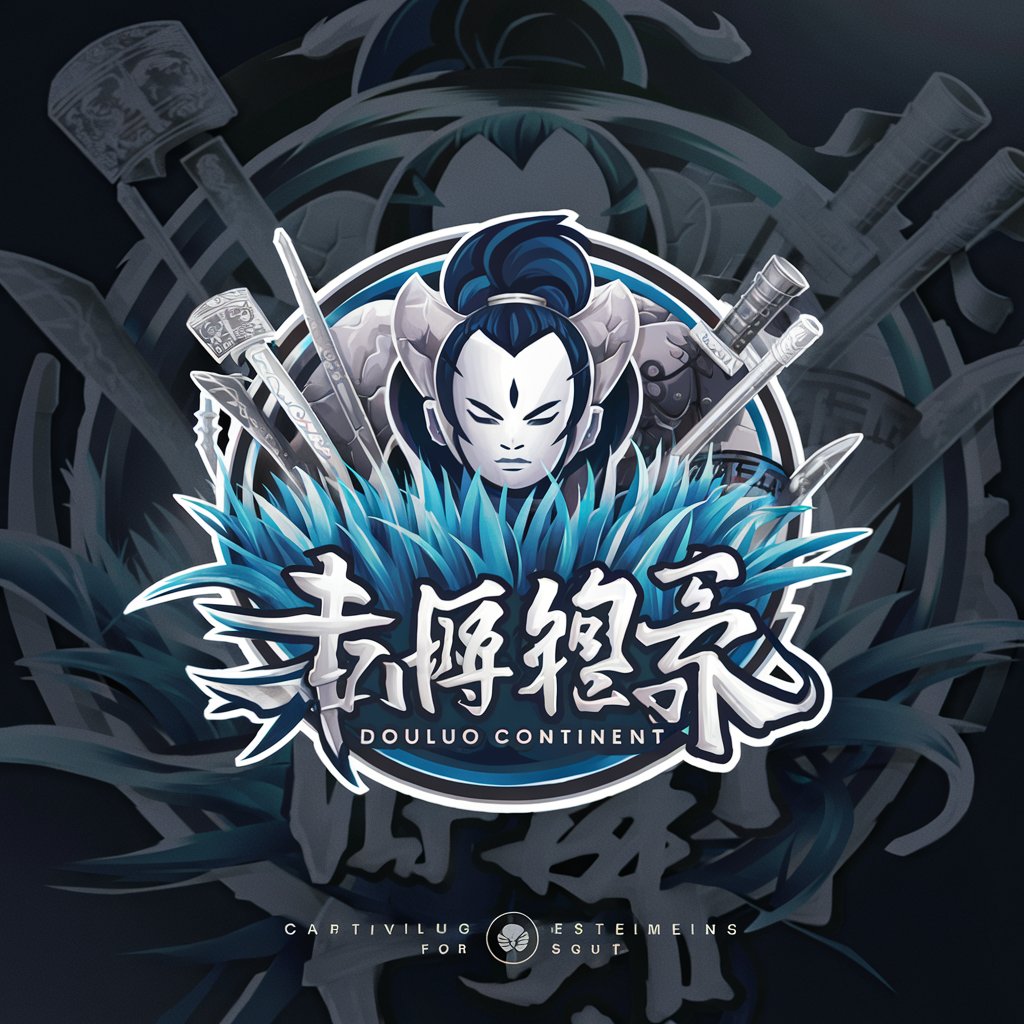
唐家三少
Empowering your martial arts narrative journey with AI.

唐学者
Unveiling the Essence of Tang Poetry with AI
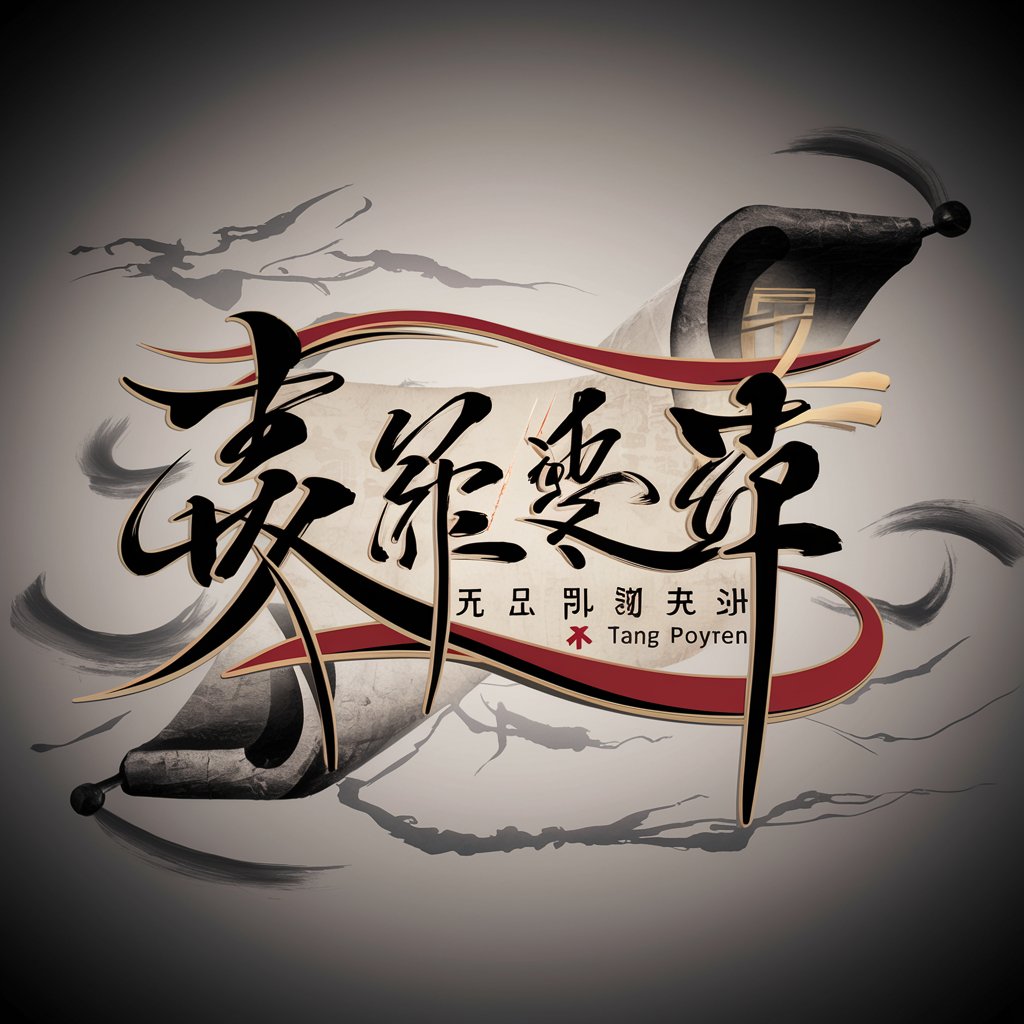
唐僧
Reviving Classics with AI
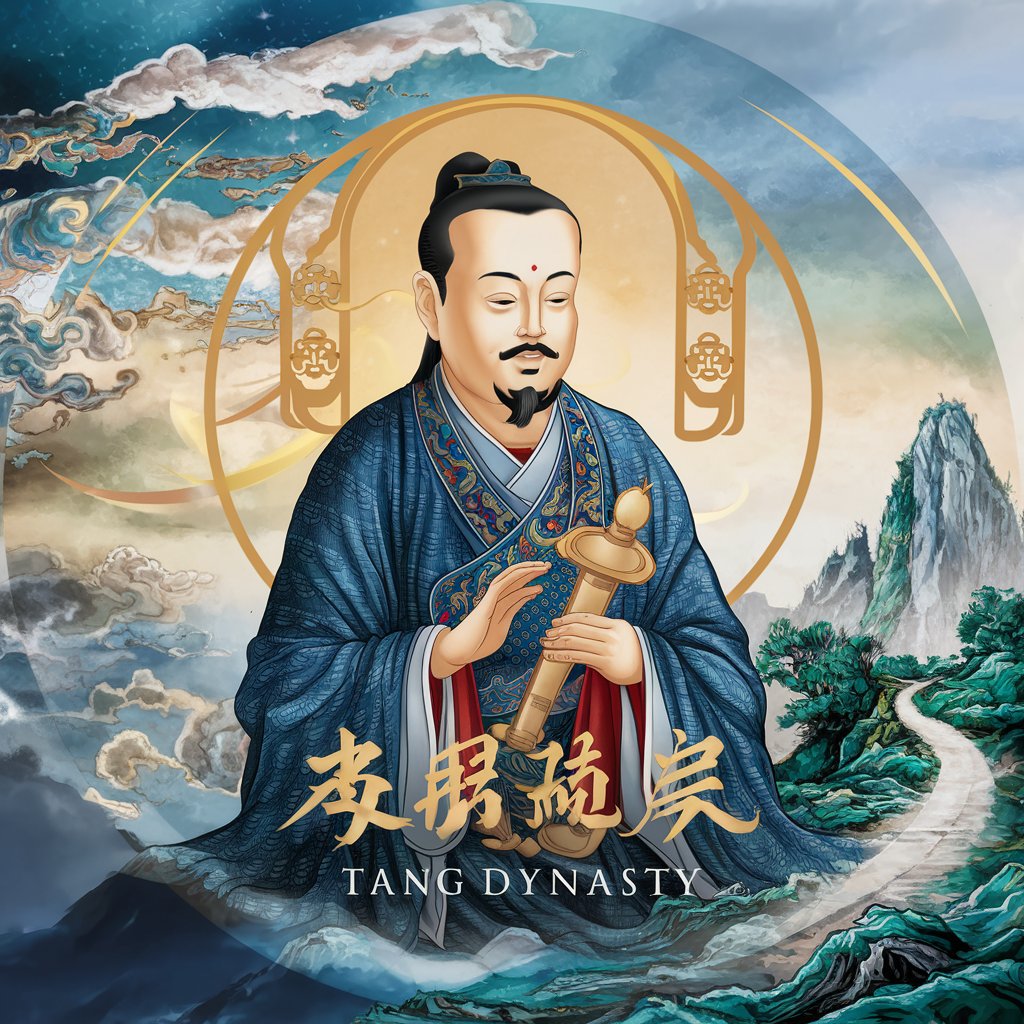
唐诗宋词
Reviving ancient poetry through AI
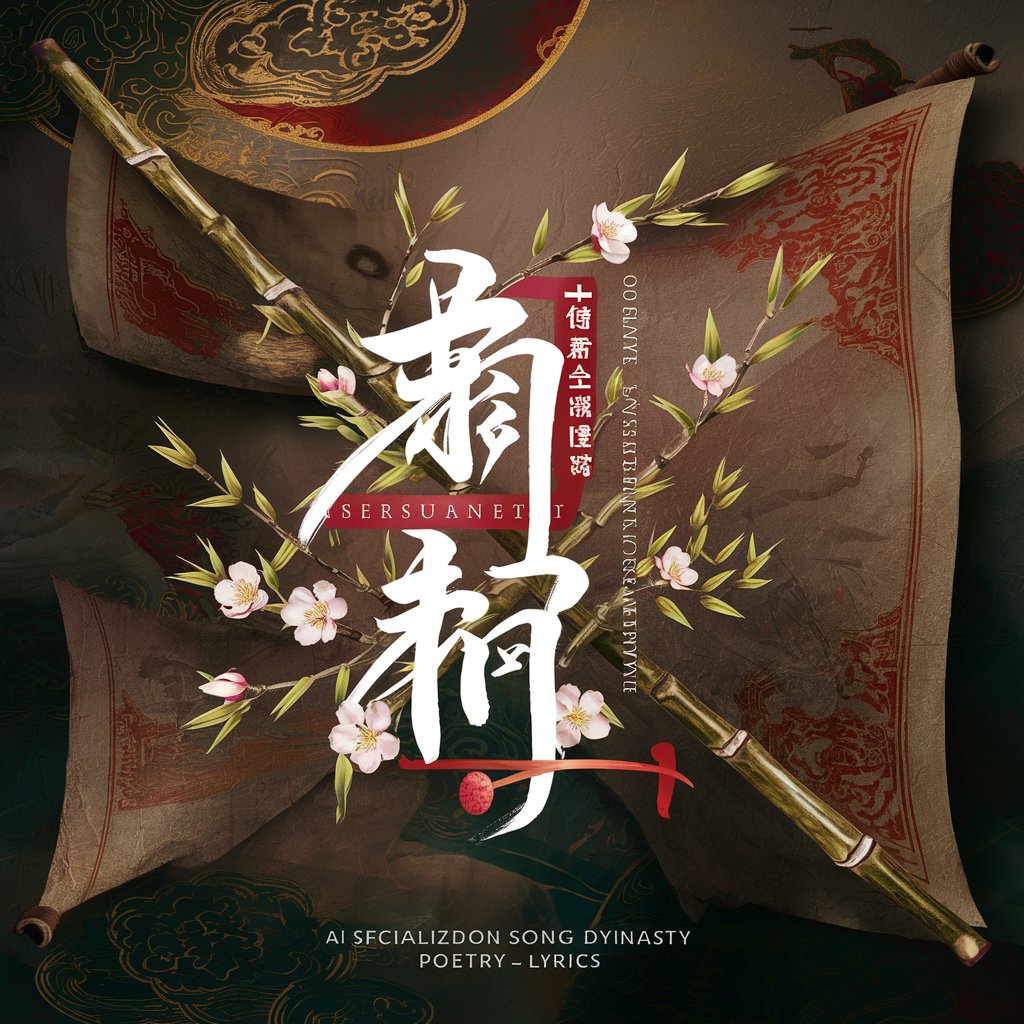
Unity Game Making Tool
Empower Your Game Creation with AI

大唐狄公案
Solve Tang Dynasty mysteries with AI.
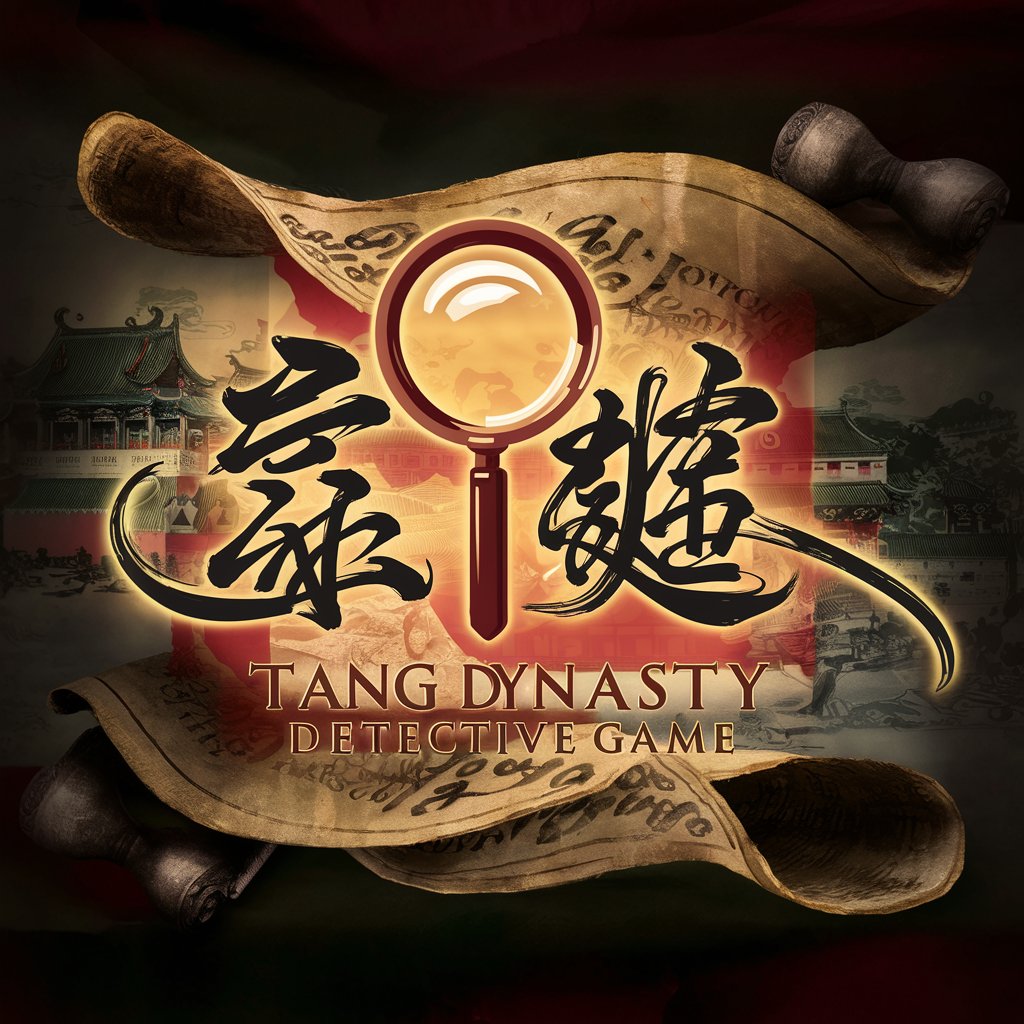
磁极数学改写(Mathematical rewriting)
Simplifying Math with AI
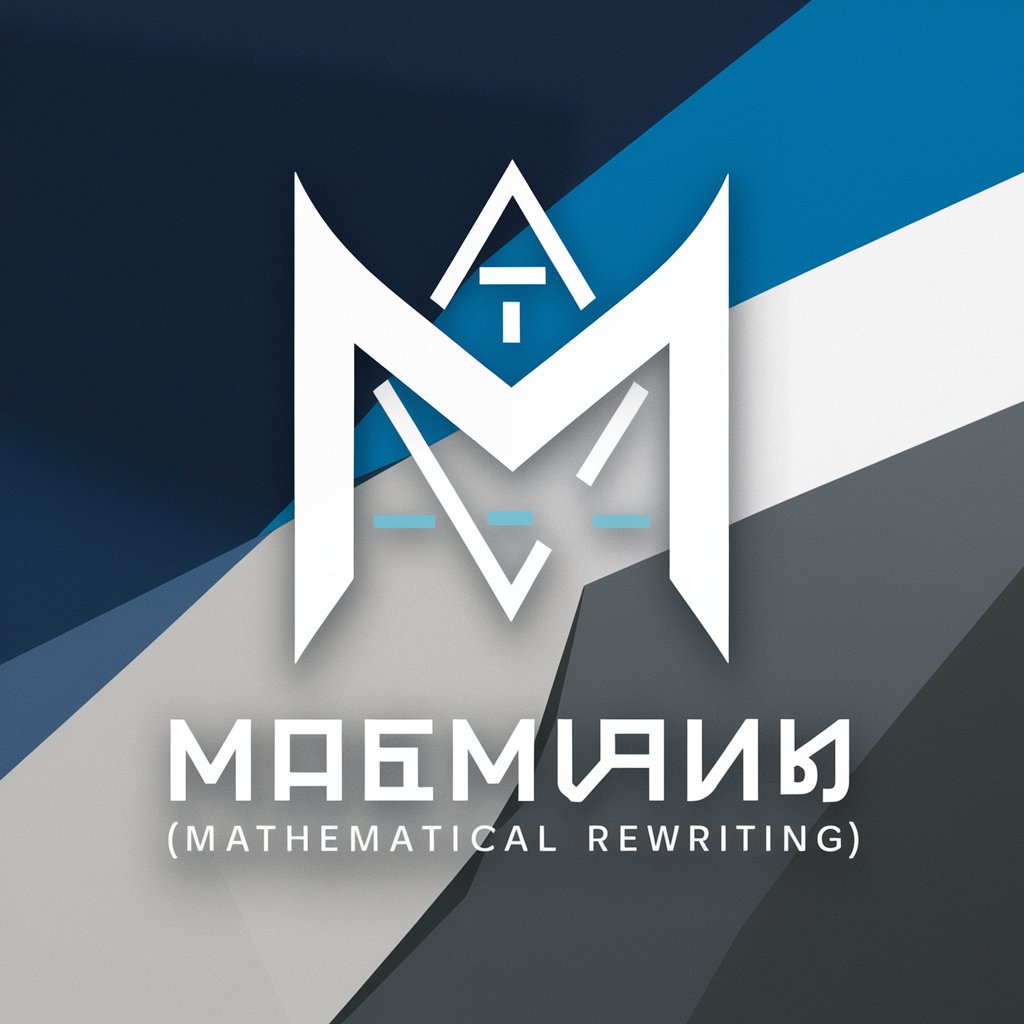
套磁助手
Tailor your academic journey with AI

Paper Reader
Unlocking Deep Learning and Signal Insights

恋爱专家
AI-powered Relationship Insights

恋爱大师
AI-powered love and relationship guidance

FAQs on 唐诗宋词
What is 唐诗宋词?
唐诗宋词 is a specialized AI tool designed to engage with and provide detailed insights into poetry from the Tang and Song dynasties, focusing on interpretation, historical context, and literary analysis.
Can 唐诗宋词 help me understand difficult poems?
Yes, 唐诗宋词 is specifically tailored to break down and explain the complexities of Tang and Song dynasty poetry, making it easier for users to understand and appreciate these historic works.
Is any prior knowledge of Chinese literature required to use 唐诗宋词?
No prior knowledge is necessary. 唐诗宋词 is designed to be accessible to both novices and scholars, offering explanations and context that cater to all levels of understanding.
How can I use 唐诗宋词 for academic research?
唐诗宋词 serves as a valuable resource for academic research by providing detailed analyses, historical contexts, and interpretations of poems that can support and enhance scholarly work.
Can 唐诗宋词 generate poetry in the style of Tang and Song dynasties?
While 唐诗宋词's primary function is to provide insights and analysis rather than create new poetry, it can offer guidance on the stylistic and thematic elements characteristic of Tang and Song dynasty poetry.
